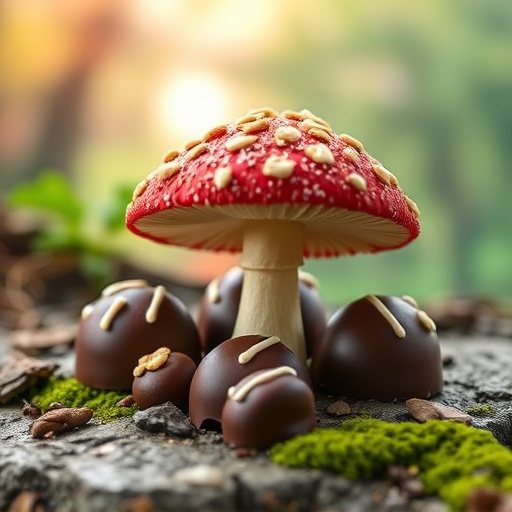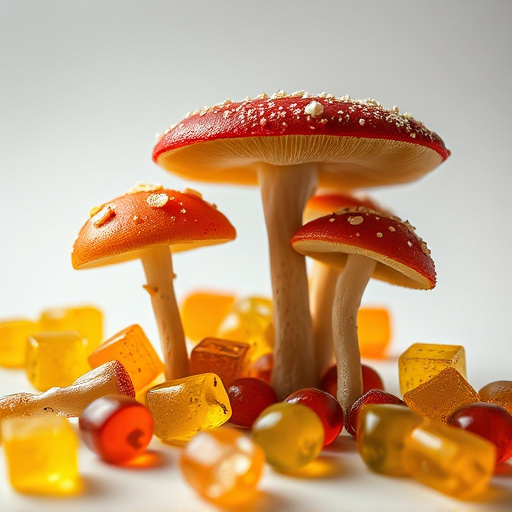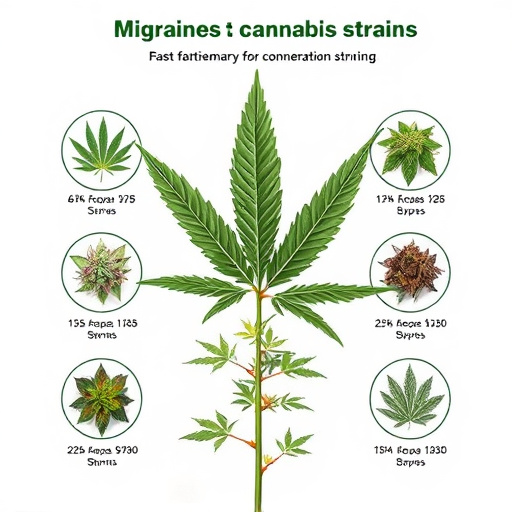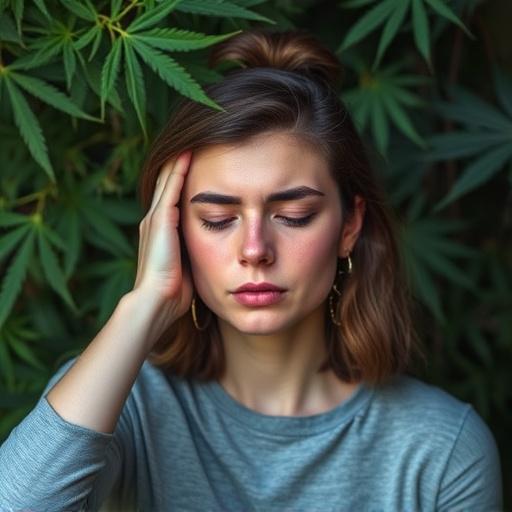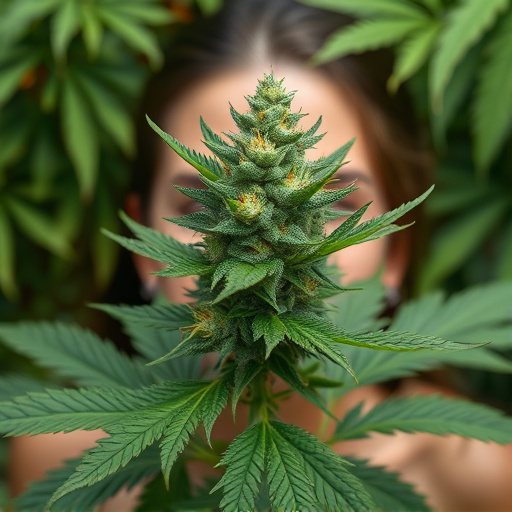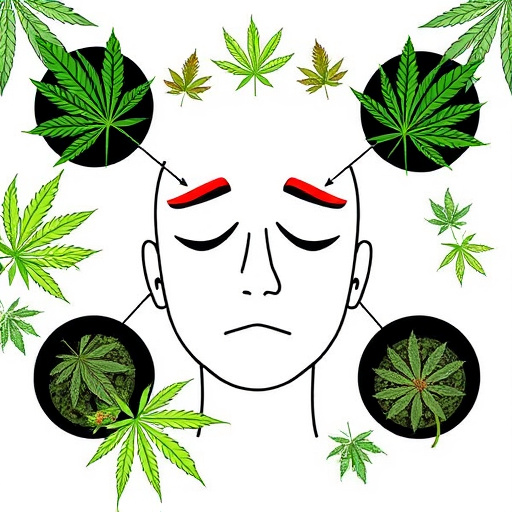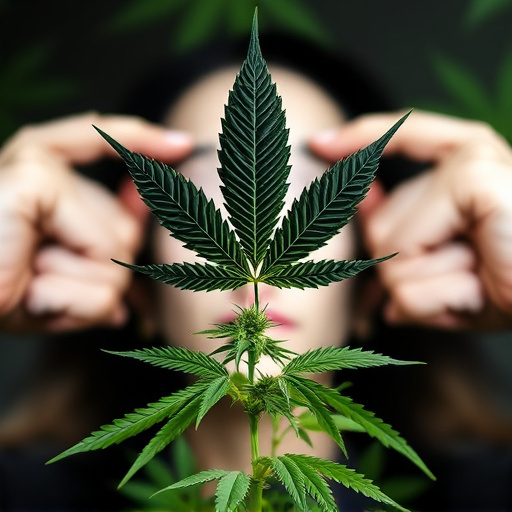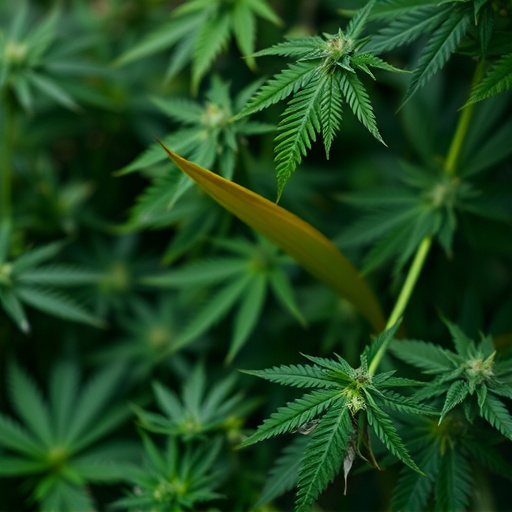Decarboxylation is a natural process that releases THC, a key cannabinoid in cannabis, enhancing its bioavailability and effectiveness for conditions like migraines. Cannabis profiles with THC and CBD interact with the body's endocannabinoid system to reduce inflammation and pain. Hybrid strains balance uplifting Sativa traits and relaxing Indica effects, while high-CBD strains offer minimal psychoactivity but strong anti-inflammatory properties. At home, decarboxylate cannabis using a dehydrator or slow cooker at low temperatures (105°F – 110°F) for 6-8 hours to activate compounds without loss. Decarboxylated cannabis can be incorporated into foods or oils for natural migraine management.
Discover the power of decarboxylating cannabis flower for potential relief from migraines. This process activates cannabinoids, enhancing their therapeutic effects. Learn how to harness this knowledge by understanding the science behind decarboxylation and its benefits specifically for cannabis strains targeted at migraines. With a simple, step-by-step guide, you’ll explore safe, home-based methods to unlock the full potential of your chosen strain, offering a natural approach to managing migraine pain.
- Understanding Decarboxylation and Its Benefits for Cannabis Flower
- Choosing the Right Cannabis Strains for Migraines
- Step-by-Step Guide to Safely Decarboxylate Cannabis Flower at Home
Understanding Decarboxylation and Its Benefits for Cannabis Flower
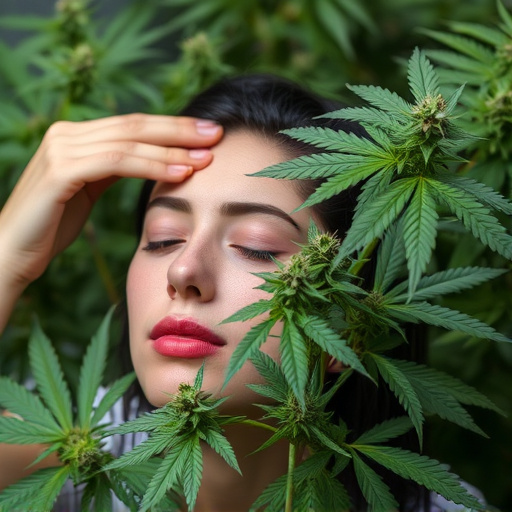
Decarboxylation is a natural process that occurs when cannabis flowers are exposed to heat and air, causing the plant’s chemical compounds to transform. This process releases THC (tetrahydrocannabinol), one of the most well-known cannabinoids responsible for cannabis’s psychoactive effects. Understanding decarboxylation is essential when aiming to harness the benefits of cannabis flower, especially for specific conditions like migraines.
By decarboxylating cannabis strains, users can unlock the full potential of these plants. This process improves bioavailability, making it easier for your body to absorb and utilize the cannabinoids. For individuals seeking relief from migraines, decarboxylated cannabis strains can be particularly beneficial. Research suggests that THC and other cannabinoids may help reduce migraine pain and inflammation, offering an alternative treatment option for those looking to explore natural remedies.
Choosing the Right Cannabis Strains for Migraines

Cannabis has gained attention as a potential natural remedy for various conditions, including migraine headaches. When considering cannabis strains for migraines, it’s essential to choose those with specific chemical profiles that can offer therapeutic benefits. Research suggests that certain cannabinoids present in cannabis, such as THC and CBD, may interact with the body’s endocannabinoid system to reduce inflammation and pain perception, making them promising options for migraine relief.
For individuals seeking cannabis strains for migraines, hybrid varieties that combine both Sativa and Indica characteristics often provide a balanced experience. Sativa strains are known for their uplifting and energizing effects, while Indica strains offer relaxation and pain-relieving properties. Some popular choices include strains high in CBD, which have minimal psychoactive effects but potent anti-inflammatory and analgesic properties. Consulting with a knowledgeable dispensary staff or healthcare provider can help guide the selection of the most suitable cannabis strains for migraine management.
Step-by-Step Guide to Safely Decarboxylate Cannabis Flower at Home

Decarboxylating cannabis flower at home is a safe and effective way to prepare it for various uses, especially when aiming to alleviate symptoms associated with migraines. This process involves heating the cannabis to activate its compounds, ensuring maximum benefits. Here’s a step-by-step guide:
1. Prepare your materials: Gather a clean glass jar or container, a thermometer, aluminum foil, and your desired cannabis strain for migraines. Some people prefer using pre-ground cannabis, while others start with whole flowers.
2. Heat the cannabis: Place the cannabis in the jar and seal it tightly with foil to avoid any escape of aroma or compounds. Use a low-temperature setting on a dehydrator (around 105°F – 110°F) or opt for a slow cooker set to ‘low’. The temperature is crucial; overcooking can decarboxylate too quickly, leading to potential loss of desired compounds.
3. Monitor the process: Leave your cannabis in the dehydrator/slow cooker for approximately 6-8 hours. This step varies depending on your method and equipment. During this time, check the temperature regularly using the thermometer to ensure stability. You’ll know the decarboxylation is complete when the temperature remains consistent at around 200°F (93°C).
4. Cool and store: After the desired temperature is reached, remove the cannabis from heat and let it cool completely before transferring it to an airtight container for long-term storage. This cooled, decarboxylated cannabis can be used in various forms, such as added to food or infused into oils, to help manage migraine pain naturally.
Decarboxylating cannabis flower is a simple yet powerful method to unlock its therapeutic potential, especially for those seeking natural relief from conditions like migraines. By understanding the process and following a safe, step-by-step guide, you can create a potent decarbed product that offers the benefits of cannabis without the risks associated with raw flower. Remember, when it comes to cannabis strains for migraines, choosing the right variety and properly preparing it can significantly impact your overall well-being.
